
Self-development is not an easy task, and occasionally requires that we break ourselves down in order to build ourselves back up again. Although this process can be painful, it simply goes with the territory of being human. Adaptation to a new state of affairs often means that we have to change our mindset.
Life crises actually present themselves in order for us to make changes in anticipation of upcoming events. For instance, a crisis during adolescence prepares us for independence and the responsibilities of adulthood, whereas a crisis during middle age prepares us for new challenges that arise as a result of being on the cusp of mature adulthood. The pain that we go through in a crisis is usually worth it in the end, because it’s an inevitable part of finding inner peace and happiness.
Regardless of problems that we are dealing with currently, or how old we actually are, the subconscious baggage that we accumulated as kids never really goes away. Our inner child is with us every step of the way and has an influence on how we think and act throughout the entirety of our lives.
Unresolved issues and trauma can hinder us from thinking straight when it comes to dealing with our problems in the present. Overcoming this hurdle requires mustering up enough courage to be able to confront them. Here are four ways of healing your inner child:
1. Speak to your inner child
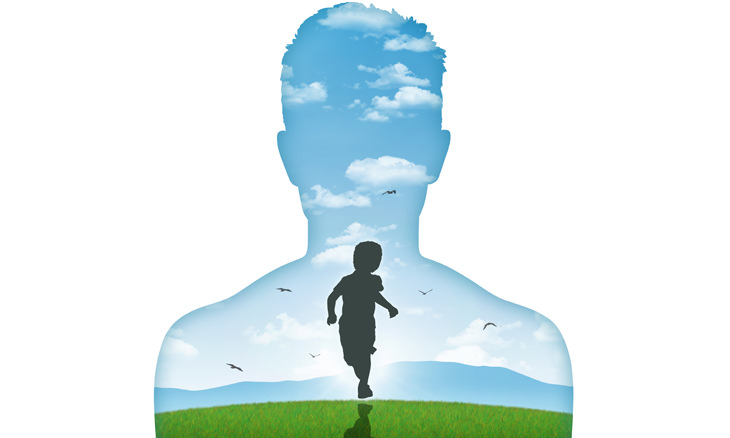
Imagine yourself at a certain age in your childhood, and imagine yourself having a conversation with the child you once were. Recall what your hopes and fears were at that age, and talk to your young self about it. Tell him or her that everything is going to be alright, and that you love them, hear them and understand them. Say that you will protect them from danger or harm.
2. Visualize

Find a “safe place” for you to visualize, and begin relaxing your body. Breathe deeply until you feel comfortable and ready to embark on a journey into your past. Try using various inner child healing visualizations scripts that are available online to help you, because they will allow you to connect with the younger and more vulnerable parts of yourself.
A visualization exercise gives you the chance to gain a deeper understanding of your current situation while developing a powerful sense of compassion for yourself. You might even find that things come back to you that were forgotten due to some trauma or other. Simply ensure that you undertake a visualization exercise in a safe and gentle way. If you want to enlist the help of a professional therapist for this purpose, then by all means, do so.
3. Forgive
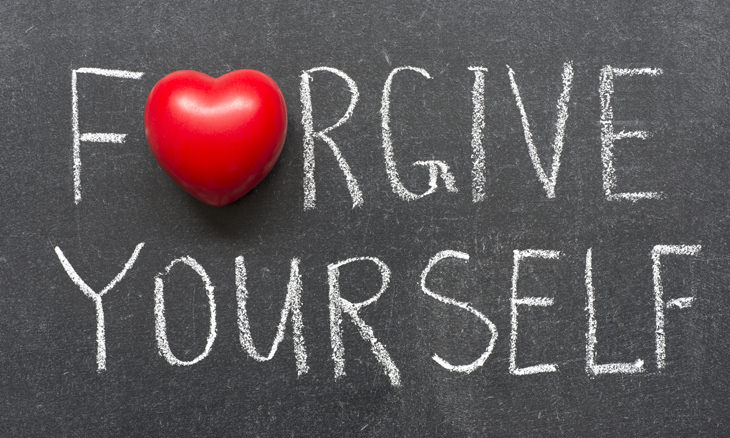
Our inner child can carry much latent guilt and regret, having a great bearing on the decisions we make later in life. For example, if you have a sibling that was constantly compared to you and berated by a parent when you were growing up, you might have wished for poorer grades in order for the under-fire sibling to feel better about him or herself.
Over the years, you might have found yourself holding onto that guilt and thus kept undermining yourself and avoiding success. In a situation such as this, you need to understand that what transpired wasn’t your fault, forgive yourself and stop hindering yourself from achieving what you want.
4. Embrace Loneliness

We tend to cover up our inner child due to feelings of it being flawed and wear a socially appropriate “mask” as the years go by. This results in leaving our true selves behind, and we begin to identify with the (false) mask that we created for ourselves along the way.
The only way that you can rectify this is to be aware of the isolation and loneliness of the true self. It can only come to the fore when all the accumulated layers or protective defense are unraveled and removed.
Acknowledgement of the guilt, loneliness, and hurt we hold on to can lead us to stop feeling embarrassed and ashamed and lead us to appear in the world as we truly are. We need to give our inner child a voice, thus empowering it so it can come out of hiding and be loved for what he or she is.
Images by Deposit Photos
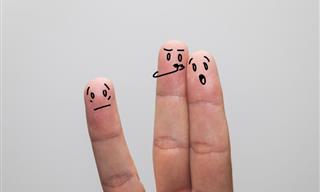
Advice: How to Deal With Toxic Family Members
This article will help your identify toxic family members and how to deal with them.

Dementia Can Be Well-Managed With These 10 Tips
Dementia is a tough thing for anyone to have to deal with, but if you take heed of these 10 pieces of advice, I guarantee that life will be much better.
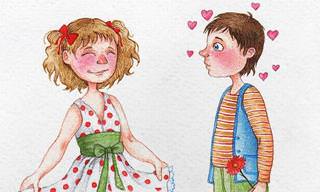
12 Steps For Achieving a Relationship to Cherish for Life
If you take these 12 steps, then you'll have a relationship with your partner that you'll cherish forever more.

Determine If You're a Type D Personality With This Guide
The D in Type D personality stands for "distress", which refers to the heightened level of the emotion that Type D people tend to feel. Find out more here.

Find Out How to Live Happier & Healthier With These Hacks
Discover how small hacks can help you change your life for the better. Here are 15 of them.

Here's How Often You Should Be Cleaning Home Essentials
We need to clean things in our home regularly in order for us to maintain them and ensure good hygiene. This guide will show you exactly how often you should.

A 'Brain Fog' Epidemic? Study Shows a Worrying Trend
Analysis of over 4.5 million U.S. survey responses spanning a decade (2013–2023) shows a rise from 5.3% to 7.4% in reported cognitive disability nationwide, with an exceptional surge in the 18–39 age group and a clear influence of income and educatio
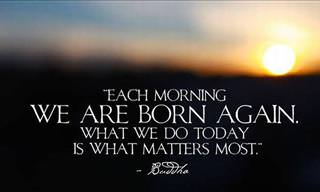
Let These Quotes Motivate You and Inspire You to Greatness
Do you need a little lifting up? These motivational quotes will go a long way toward lifting your spirits and allow you to thrive.
 14:18
14:18
Saying No: A Key Buddhist Practice for Inner Peace
Use Buddhism to ignore distractions and focus on what matters.
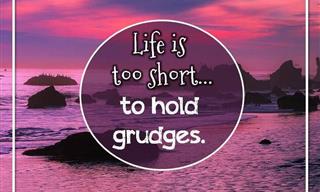
11 Things We Should Stop Doing in This Life
These quotes will teach you that you cannot wait for the perfect moment to enjoy each day.

These Profound Quotes Teach Us to Embrace Our Age
These profound and inspirational quotes will remind you of the beautiful aspects of aging!
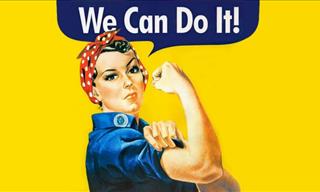
Inspiring and Comforting Quotes for Tough Moments
14 quotes on perseverance through hard times to inspire and lift your spirit.
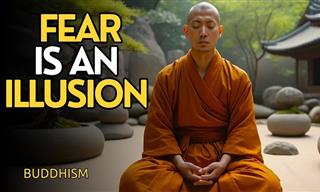 18:00
18:00
6 Lessons from Buddhism to Help You Change Your Life
These powerful Buddhist teachings will help you overcome fear and transform your mindset.

This Story Teaches a Life Lesson We Always Seem to Forget
This couple learn a lesson we all seem to forget. Read through this inspiring short story.

8 Life Lessons We'd Love to Share With You All!
As I've walked along the path of life, I've learnt many lessons and I'd like to share some of them with you.
 7:30
7:30
Touching: Man Helps Penguin Overcome Her Fear of Water
Watching this little penguin battle her fear of water and learn to swim in the ocean again is simply magical!

Super Quote Collection! Enjoy These Beautiful Words!
The truth and honesty shining through these beautiful quotes gave me a smile and some lovely thoughts. Enjoy our huge collection of beautiful and inspiring quotes.

Make Your Life Better By Following These Simple Rules
If you're wondering what it takes to live a joy-filled life, all you need to do is follow these 9 simple rules.

King Solomon Was a Wise Man and These Quotes Prove It
Read through these wise quotes said by the biblical King Solomon.
 4:13
4:13
The Door in Houdini's Mind: A Tale of Overthinking
This beautiful and inspiring video reminds us not to overthink, and uses a story about the great Houdini.

The Primary Rules of Life: A Journey to Well-Being...
There are numerous golden rules that we can apply to our lives in order to live life to the fullest. Read this insightful post and change your world.

7 Tips for Dealing with Depression from a Life Coach
Dealing with depression and heartbreak is not easy, for the sufferers themselves or for their relatives, but the following 7 tips can be very helpful.

These 12 Daily Habits Might Be Making You Unhappy
If you’ve ever wondered why happiness feels just out of reach, these common patterns might be the reason.
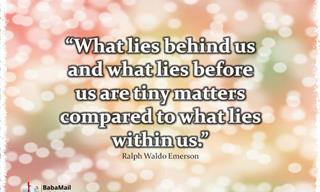
Never Forget to Love Yourself As Well...
Many things in life require your attention, but nothing is more important than the love we give ourselves. These quotes will inspire you to love yourself.
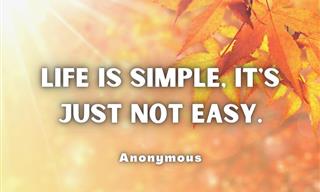
Life Happens, But These Quotes Will Keep You Going
15 quotes by various authors that will empower you on the road to your goals.

"The Work" Method – The Key To Ending Personal Suffering
Byron Katie, an American writer and lecturer, has developed a simple method of preventing unnecessary suffering and frustration in life.

What is Palo Santo and How Can You Use it For Pain?
Palo santo can be used both for physical and spiritual purposes. Learn how
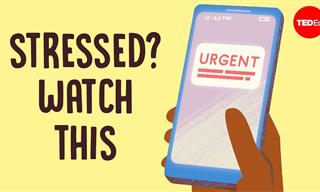 5:29
5:29
How to Turn Stress into Your Secret Weapon
Here are some practical tips and best practices to help you manage stress and make it work for you.
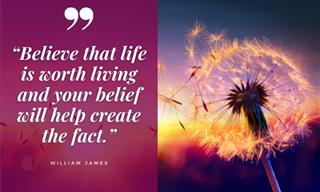
14 Clever and Wise Quotes Guaranteed to Lift Your Spirits
We’ve prepared 14 joyful, beautiful, motivating, and sometimes even funny quotes, so that everyone can find something to match their mood and lift their spirits!

Here's the Truth About Relationships - 12 Myths Debunked!
Relationships and love are things that have always existed in our world, but there are some truths that need to be clarified about them...
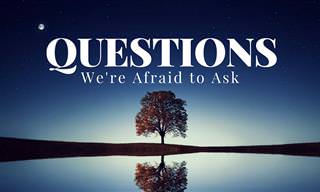
13 Questions That We Should Always Ask Ourselves!
These questions should be pondered, the answers you give may change your outlook on life...

Boost Your Happiness with These Mindfulness Tips
Take control over your mindset, habits and behaviors by practicing these 5 mindfulness methods.
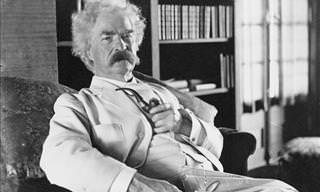
Don't Take MY Advice, Take Mark Twain's!
Mark Twain was a very smart man. As such, his advice can be quite priceless...

Let Go of the Past With Édith Piaf's Classic Song
Edith Piaf's "No, I regret anything" will help you break away from worries and fears, throw aside all regrets, and take an important step forward.

Life Was Easier 60 Years Ago. Here Are 11 Reasons Why
In many ways, life was much easier half a century ago, and here are 11 ways how...
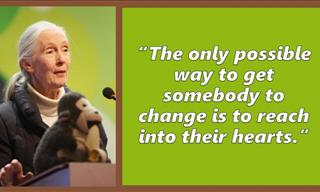
In These Quotes From Jane Goodall, You'll Find Inspiration
Jane Goodall is an environmentalist and primatologist with a 60 year career and these incredible words of inspiration to share
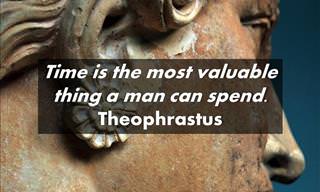
Explore the Depths of Greek Wisdom in 24 Quotes
The Greeks cultivated a great philosophical tradition the resulted in some amazing insights into right living. Here are 24 pieces of wisdom for you to know.

8 Calming Questions to Ask When We’re Worried and Stressed
Professional psychologists recommend that you ask yourself the following 8 questions whenever you feel stressed or anxious.

8 Great Quotes That'll Help You Get Through Tough Times
Great quotes about optimism and finding your way in life. These are a must read.

The Wisdom of Africa: Beautiful and Ancient Proverbs
Thanks to its rich oral tradition and seemingly timeless history, it's inevitable that the African continent would come to be the originator of these wise words

Inspiring! This is What Christmas is Really About
To celebrate the festivities here are some inspiring quotes that will get you in the Christmas-cheer mood.
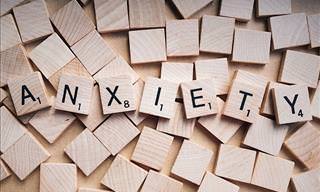
Combat Anxiety With This 5-Minute Method
This technique is scientifically-proven to be an effective treatment of anxiety, stress and anger management, and it only takes 5 minutes to do...
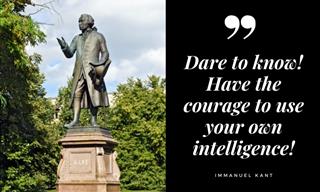
12 Beautiful Words of Wisdom By Philosopher Immanuel Kant
Immanuel Kant is one of the most important thinkers of the Age of Reason. Read what the famous philosopher had to say about life, education, and ethics here.

Change Your Life for the Better with These 10 Tips
If you're interested in learning how to change your life for the better, you can start with any of the following 10 tips and gradually adopt them all.
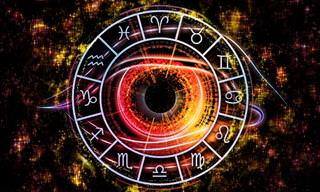
This is What Your Zodiac Sign Says About Your Health
Astrologists use the movement and positions of the stars and other celestial objects to draw information about human health. This is what they have to say!

7 Things to Do When Life Knocks You Down
Just remember these 7 actions to take every time life knocks you down.

10 Useful Tips to Derive Pleasure from Everyday Things
How to shake your routine up and insert joy in the most ordinary things in life
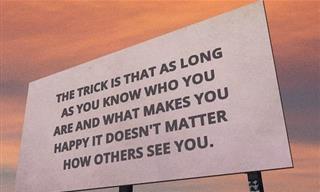
These Words Will Make You Feel Stronger
Read this to have a stronger, more inspiring day.
To enable your Ad-Free Subscription, please fill the fields below
Your subscription was successful, now you can enjoy an ad-free experience!! Note: To make sure you get no ads, please make sure to log in to your account. If you are logged in already, then refresh the page. The subscription can be cancelled at any time.


